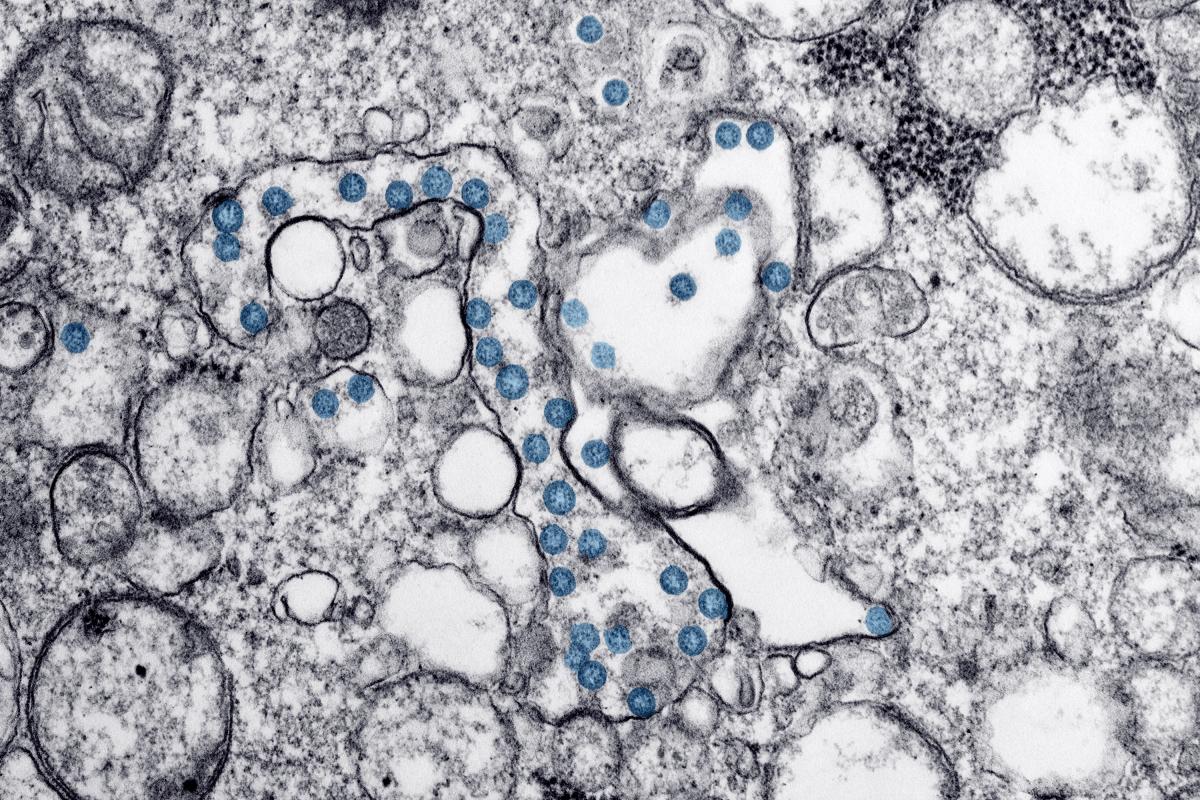University of Michigan students are now under a request to stay at the college’s administration home following a recommendation from the county health department due to a group of cases of one of the new variants of COVID-19, called B.1.1.7 .
The new variant, first seen in Britain, has already been reported in 32 states and 467 people. The experts suggested that B.1.1.7 transmits more efficiently and faster than the previously observed types of the new coronavirus. British experts also suggested that the variant could be more deadly.
On January 27, 14 people in Michigan were infected with variant B.1.1.7.
In the United States, B.1.1.7 did not cause a major overhaul of health protocols. American colleges in general still plan to bring back more students than they did last semester and take more face-to-face classes.
But the Centers for Disease Control and Prevention estimates that B.1.1.7 may be the dominant strain causing cases in the United States until March. The University of Michigan and its approach to the cluster may be a thermometer of what lies ahead for American institutions.
The goal behind the Michigan home order is not so much to contain the variant entirely, but to limit distribution and buy time from university and county, said Michigan spokesman Rick Fitzgerald.
“It was designed to give us time to do some of the additional testing to give us a clearer picture of this variant in our community,” he said. The university is currently taking weekly tests, then taking all the positive tests and sequencing them to learn their variety.
The process takes longer for the university and for the Washtenaw County Department of Health. Although one of the cases in Michigan was related to a trip to Britain, said Susan Ringler-Cerniglia, a spokeswoman for the health department, not all of the variant cases were related to that individual.
“How close all of these cases are connected or not is what we’re trying to find out,” she said.
The department’s first level of investigation is close contacts – people who spent 15 minutes or more less than two meters from someone infected – but the department is now looking for “casual contacts” who may have had more accidental contact with a person infected, trying to find undetected spread. Although the university and the county work to find what already exists in the community, they need to limit the spread.
The Michigan stay order is not a complete quarantine. Students can go out to eat, exercise, work and – mainly – face-to-face classes.
The university did not see any transmission of face-to-face classes in the fall, because of adequate protocols such as wearing masks and social distance, said Fitzgerald, so maintaining face-to-face classes should be safe.
The university has already seriously limited the number of face-to-face classes it is offering, he said. About 80 to 90 percent of courses are online this semester, and the campus is hosting only about 2,600 students (down from the usual 10,000). The classes being offered in person are those that university administrators and faculty consider essential, said Fitzgerald, as those related to licensing requirements.
For now, the university and the municipality are focused on restricting social gatherings between students who do not live together, which is what they see as the main source of dissemination. The request to stay at home is set to last until February 7, when it can be extended.
“Stricter action may be needed if this outbreak continues to grow and groups of additional variants are identified,” the health department said in a statement.
After the first cases were discovered in the Michigan athletics department, the university stopped all athletic activities on January 23 and told the athletes to be quarantined.
Currently, the Washtenaw County Health Department has not seen any other cases of variant B.1.1.7 at other colleges in the area, said Ringler-Cerniglia. Michigan State University is also currently on an order to stay at home, but officials said there were no cases of B.1.1.7 observed.
According to the CDC, states with the most cases of variant B.1.1.7 include California, Florida and New York. Florida’s Broward and Miami-Dade counties, home to Fort Lauderdale and Miami, respectively, have been the locations of most cases in that state. Universities in these areas have not published any variant cases.
“We are monitoring the situation, but we have not made any changes to our preventive measures,” said a spokesman for Florida International University by email.
It remains to be seen whether more cases will arise in American colleges and universities. Typical COVID-19 tests do not assess which strain a person may be infected with, and health departments can only find variants when looking for them. While the CDC has increased its national SARS-CoV-2 strain surveillance program to process 750 samples per week, the United States is currently ranked 43rd in the world in sequencing to check for genetic changes in the virus.
